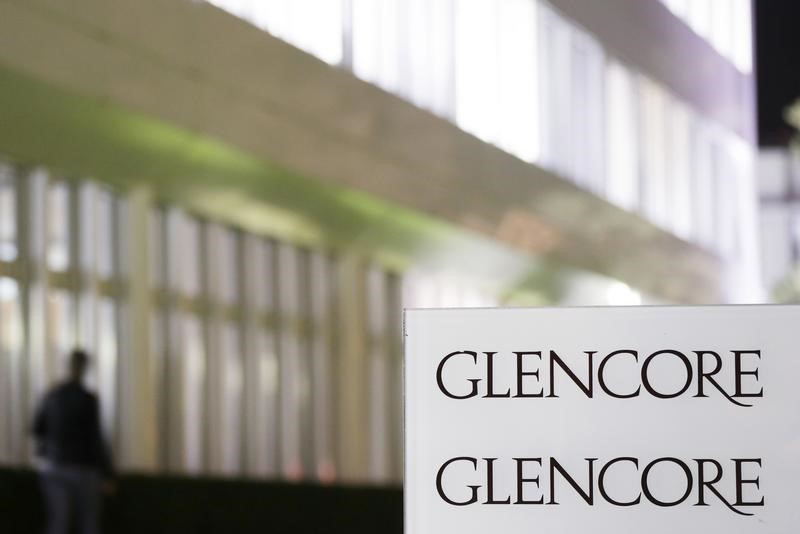This post was originally published on this site

Investing.com — Glencore became the latest natural resources giant to slash payouts to shareholders on Thursday, saying it won’t pay a dividend for the first half, even though a highly profitable trading performance in the period cushioned the blow from asset writedowns, lower prices and production disruptions caused by the pandemic.
Glencore PLC (LON:GLEN) stock fell 4.9% by mid-morning in London, as the divergence in its fortunes from those of its peers in the mining world became ever starker. The company reported a net loss of $4.2 billion for the first six months. BHP Billiton (NYSE:BHP) had managed to defend its payouts, while Rio Tinto (NYSE:RIO) – with some bravado – actually raised its dividend last month. Anglo American (LON:AAL), meanwhile, had to cut its payout by half.
BHP, Rio and – to a lesser extent – Anglo are all strong in iron ore, a global business where they have an effective oligopoly along with Brazil’s Vale (NYSE:VALE). The relatively prompt rebound in Chinese demand has allowed them to raise prices and gives them a greater degree of confidence over future cash flows.
Glencore’s main business is copper, which is more fragmented globally, weakening the pricing power of its mines. Earlier this year, it asked the Zambian government for permission to mothball its Mopani project due to low prices, but the government refused. Fortunately for both parties, copper prices have followed iron ore upward since then. Another positive update on Thursday was that the ramp-up of operations at its Katanga project in the Democratic Republic of Congo is still on track.
But Glencore’s decision to cut its dividend is more a statement of the outlook for trading than for mining. Its oil trading business, in particular, has profited from the extraordinary volatility in crude prices in the spring to buy product for pennies, confident of selling it later at higher ones.
But the company needs working capital to hold such vast amounts of oil, in order to meet margining requirements and storage fees. That pushed the company’s net debt up 12% to $19.7 billion from $17.6 billion three months earlier. Its target range is $10 billion to $16 billion. At 1.8 times underlying EBITDA, net debt is now uncomfortably close to its hard cap of 2x.
Glencore said on Thursday that “given current healthy levels of operating cash flow before working capital changes,” it expects net debt to be inside the target range by end of 2020 and down from the start of the year.
However, for that forecast to come good, it needs the oil market to play along. This week’s U.S. inventory data may have allayed fears about a fresh global glut for a while, but with the ‘OPEC+’ bloc and other producers starting to restore shut-in production, the risk of tipping the market back into surplus is real.
Optimists will say that creates another opportunity for Glencore’s trading department. But the company has enough ongoing risks – with multiple investigations into suspected corrupt practices and an ongoing generational change at top management – without levering up any further in the uncertain waters of the post-Covid world. Even so, if Glencore’s oil bets pay off, the dividend suspension is likely to be short-lived.


